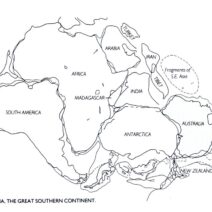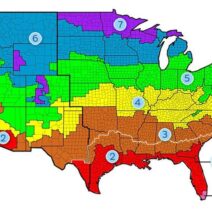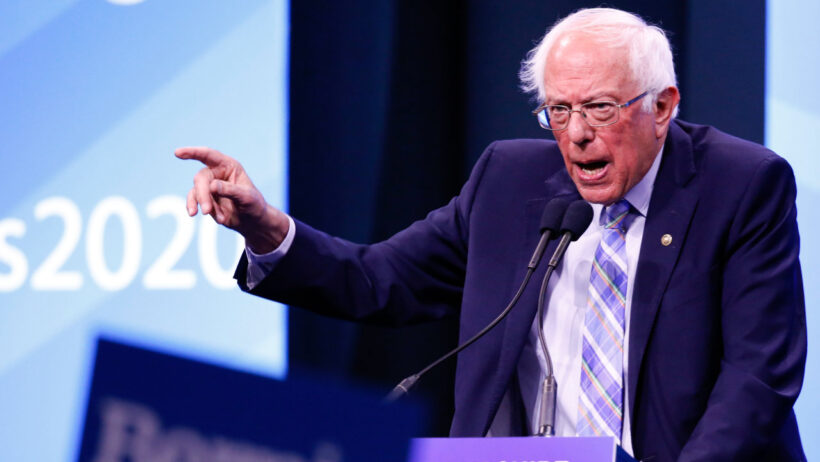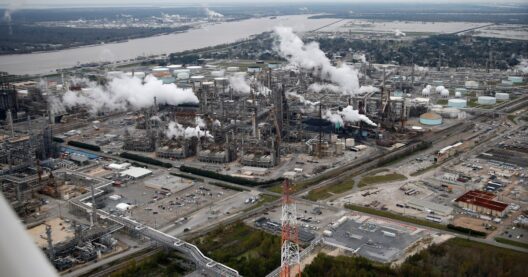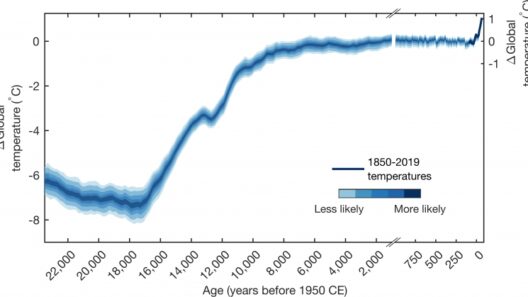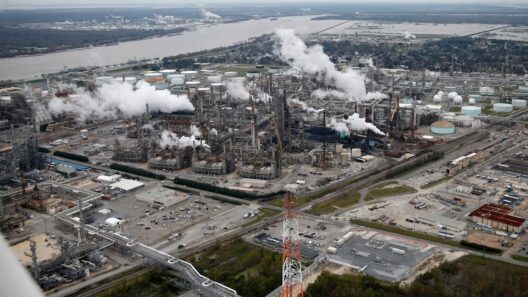As the threat of climate change looms large, how do Democrats and governments around the world strategize to address the motif of global warming? This pressing question necessitates an examination of diverse policies, varied rhetoric, and an overarching commitment to environmental stewardship.
The Democratic Party has, for the most part, embraced climate action as a cornerstone of its platform. Historically, a significant divide has transpired between Democrats and Republicans regarding climate policy, with Democrats advocating for proactive measures while Republicans have frequently downplayed the urgency of the crisis. But what might happen if this bipartisan divide were diminished? Could collaboration spur innovation and hasten progress in combating climate change?
When considering the approaches taken by Democrats, one must highlight the legislative measures that have emerged in recent years. The Green New Deal represents a landmark proposal that seeks to marry the goals of environmental sustainability with economic justice. Promoting renewable energy, job creation in green sectors, and infrastructure investment, the Green New Deal aims to address not just climate change but also the socio-economic disparities exacerbated by environmental degradation.
Essential to their approach is the promotion of renewable energy sources. Solar, wind, and hydroelectric power have become pivotal components of the Democratic agenda. Transitioning away from fossil fuels isn’t merely a policy choice; it’s a philosophical commitment to a sustainable future. However, the question remains: how can local governments implement these ambitious national standards effectively? A thorough exploration of local governance structures and community initiatives reveals transformative potential. Adapting these standards to fit local contexts unlocks innovative solutions and heights the impact of national policies.
Moreover, the role of international collaboration cannot be understated. Governments worldwide recognize that climate change is a global dilemma requiring a united front. While initiatives like the Paris Agreement showcase a willingness to engage, their effectiveness is contingent on national commitments to meet established targets. The Democratic stance on rejoining and enhancing international climate agreements signals a commitment to multilateral action. But what challenges arise when domestic interests clash with global responsibilities? A delicate dance persists where national sovereignty collides with the exigencies of global partnerships.
In addressing carbon emissions, Democrats have undertaken various regulatory measures, such as the recommitment to stringent EPA emissions standards and the promotion of electric vehicles. These policies signify not just a regulatory approach but a recalibration of societal norms concerning energy consumption. The dream of reducing carbon footprints is tantalizing, yet questions endure: Are consumers ready to embrace electric vehicles, and what are the barriers to widespread acceptance? Initiatives that ensure accessibility and affordability must rise to the forefront of dialogue.
In parallel, the discussion of climate justice embodies another facet of the Democratic approach. Recognizing that marginalized communities often bear the brunt of climatic disruptions, there is an increased focus on integrating social equity into climate policy. Environmental justice movements emphasize equal access to clean air, water, and sustainable environments. Is there a way to forge policies that uplift disadvantaged populations while simultaneously enhancing environmental protections? Such synergies may well define the future of climate action.
Democrat-led states often serve as laboratories for climate innovation. California, for instance, leads the nation in ambitious emissions reduction targets and renewable energy mandates. Yet, the question arises: can such policies be replicated nationwide without significant economic implications? States that embrace green technology may pave the way for an economic renaissance, yet they must balance ambitious sustainability goals with the pragmatism of job retention and economic stability.
With the advent of carbon pricing and cap-and-trade systems gaining traction within progressive circles, Democrats advocate market-based solutions alongside regulatory frameworks. However, the intricacies of implementation reveal potential pitfalls. Economic ramifications must be delicately navigated to avoid burdening consumers unduly while incentivizing corporations to reduce their carbon outputs. How can a pragmatic middle ground be struck, ensuring the efficacy of these tools while supporting economic growth?
On a pragmatic level, the response of governments to the scientific community’s findings plays a crucial role in shaping public policy. Democratic leaders rely on empirical data to inform their decisions but must contend with counter-narratives spread by climate skeptics. This challenge amplifies the need for clear, comprehensive environmental communication strategies that can effectively convey the urgency and legitimacy of climate science. How can leaders foster an environment where misinformation about climate change is diminished?
The role of innovation in technology and research must also be scrutinized. The Democratic agenda promotes investments in clean technologies and research initiatives attempting to bridge the gap between present challenges and futuristic solutions. As advancements in carbon capture and storage technologies unfold, how can governments incentivize private sector engagement in these game-changing solutions?
The conceptual framework of climate resilience also falls under scrutiny when assessing governmental strategies. Preparing communities to adapt to the consequences of climate change, from increased flooding to severe weather events, proves integral. Strategies that enhance urban infrastructure and protect vulnerable populations stand as pillars of a robust climate agenda. But how can resilience be operationalized in a way that does not overlook the needs of those most at risk?
In conclusion, while Democrats and various governments globally address the issue of global warming through a multi-faceted lens, challenges abound. The balance between environmental action and economic considerations remains a constant tension. As the climate crisis escalates, the imperative to prioritize sustainable development must guide political discourse and policymaking. Striving for comprehensive, socially equitable solutions to this daunting challenge may forge a path toward a more sustainable and just future. The question remains: can the collective will of governments, communities, and individuals converge to enact the bold changes necessary to shield our planet for generations to come?

